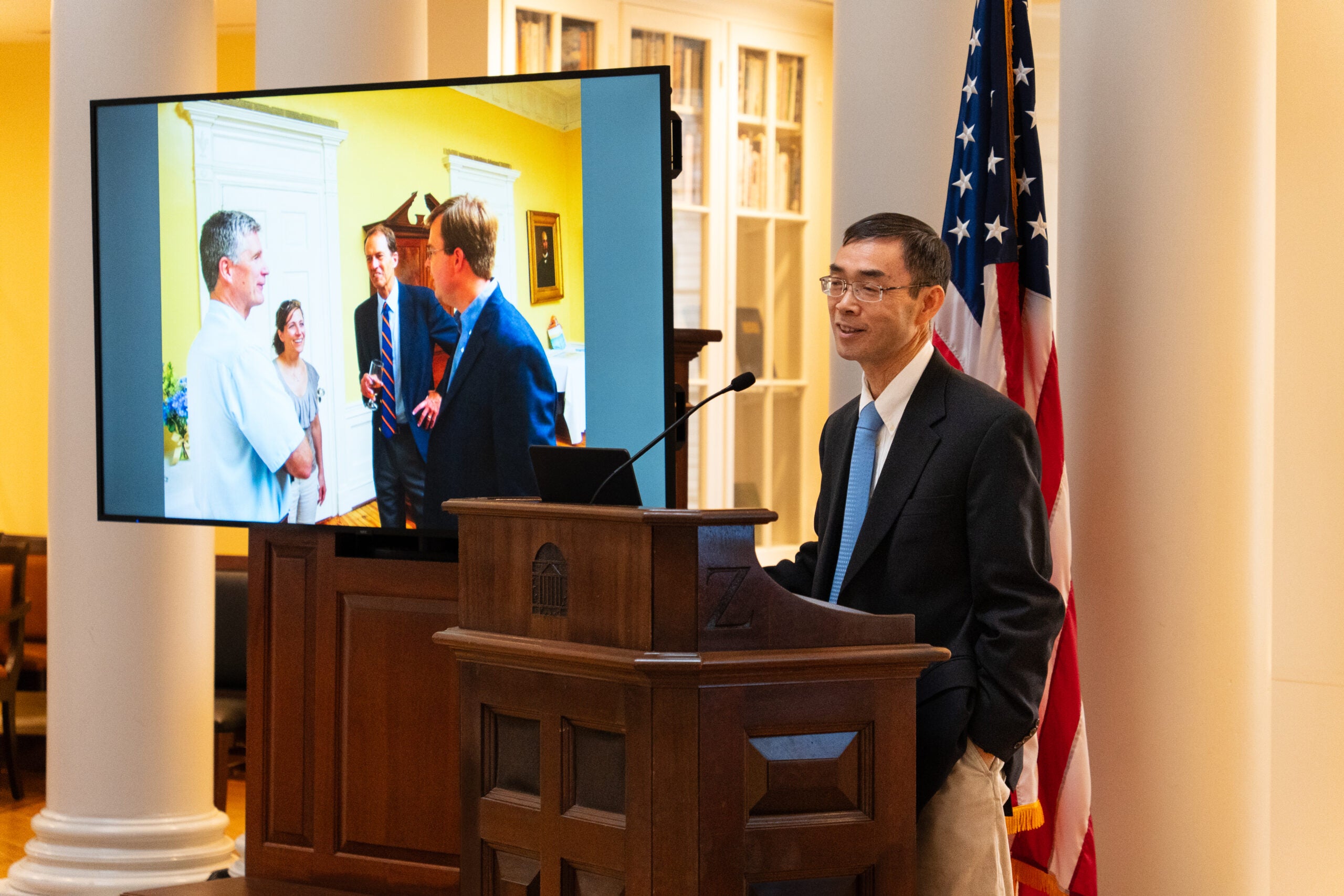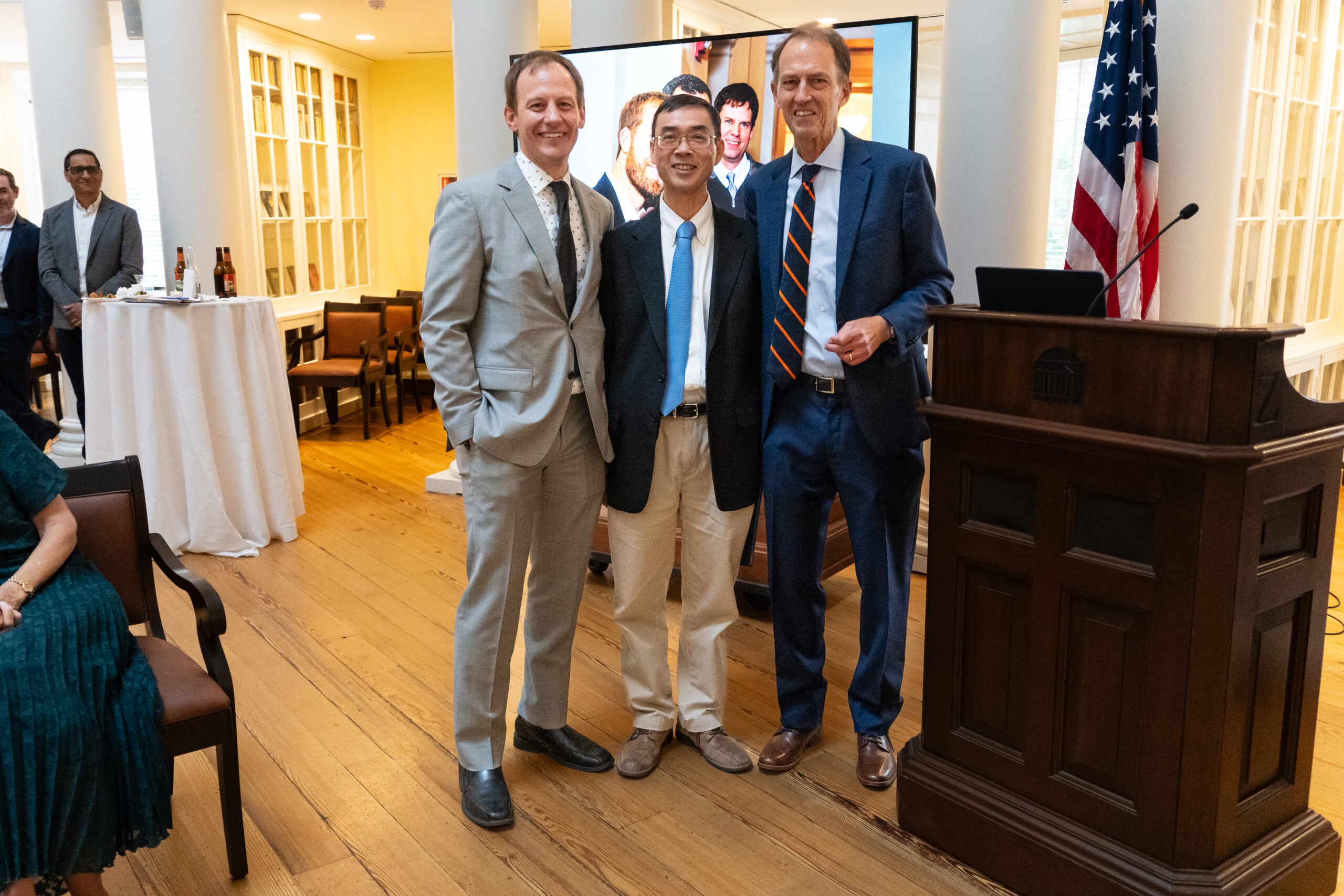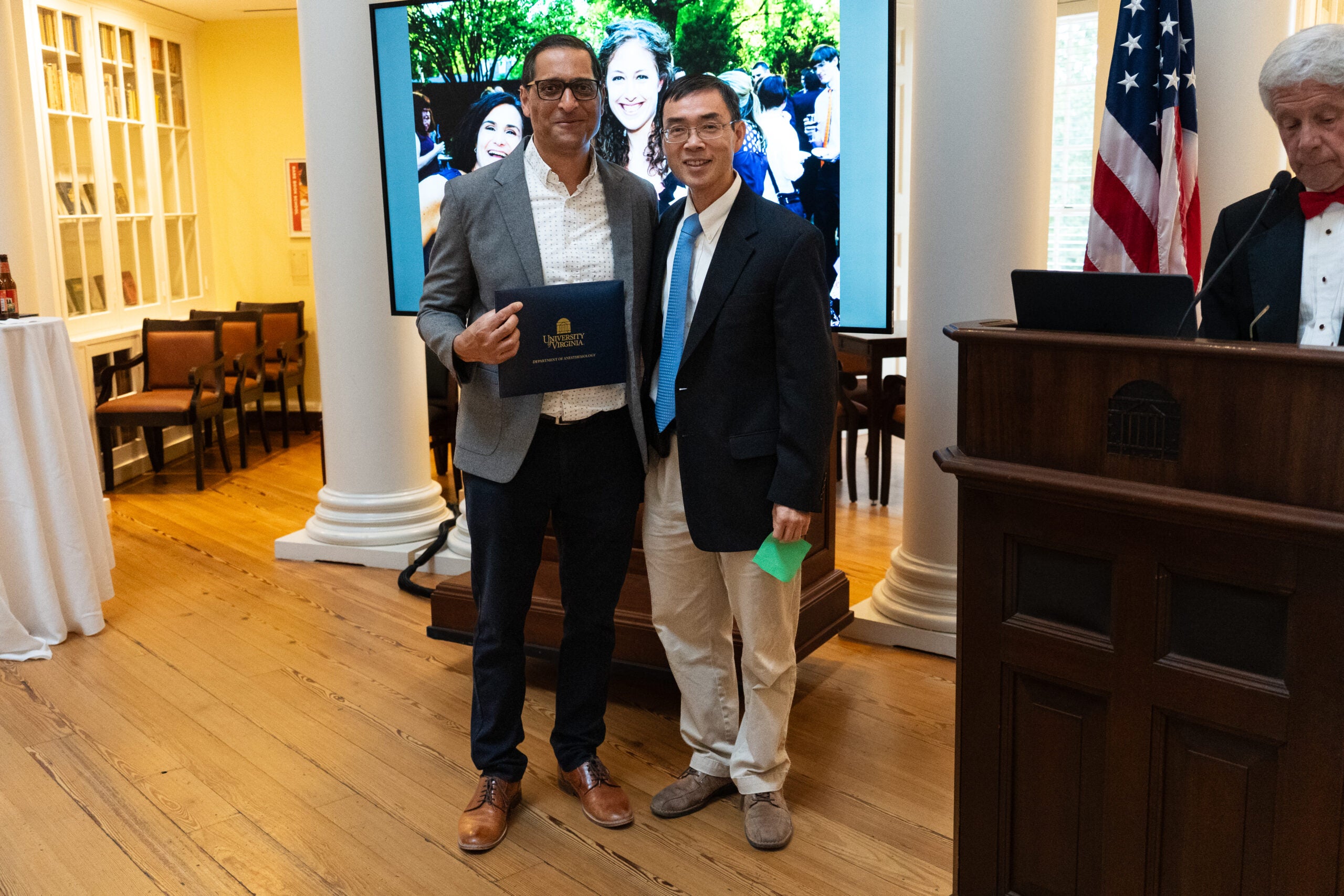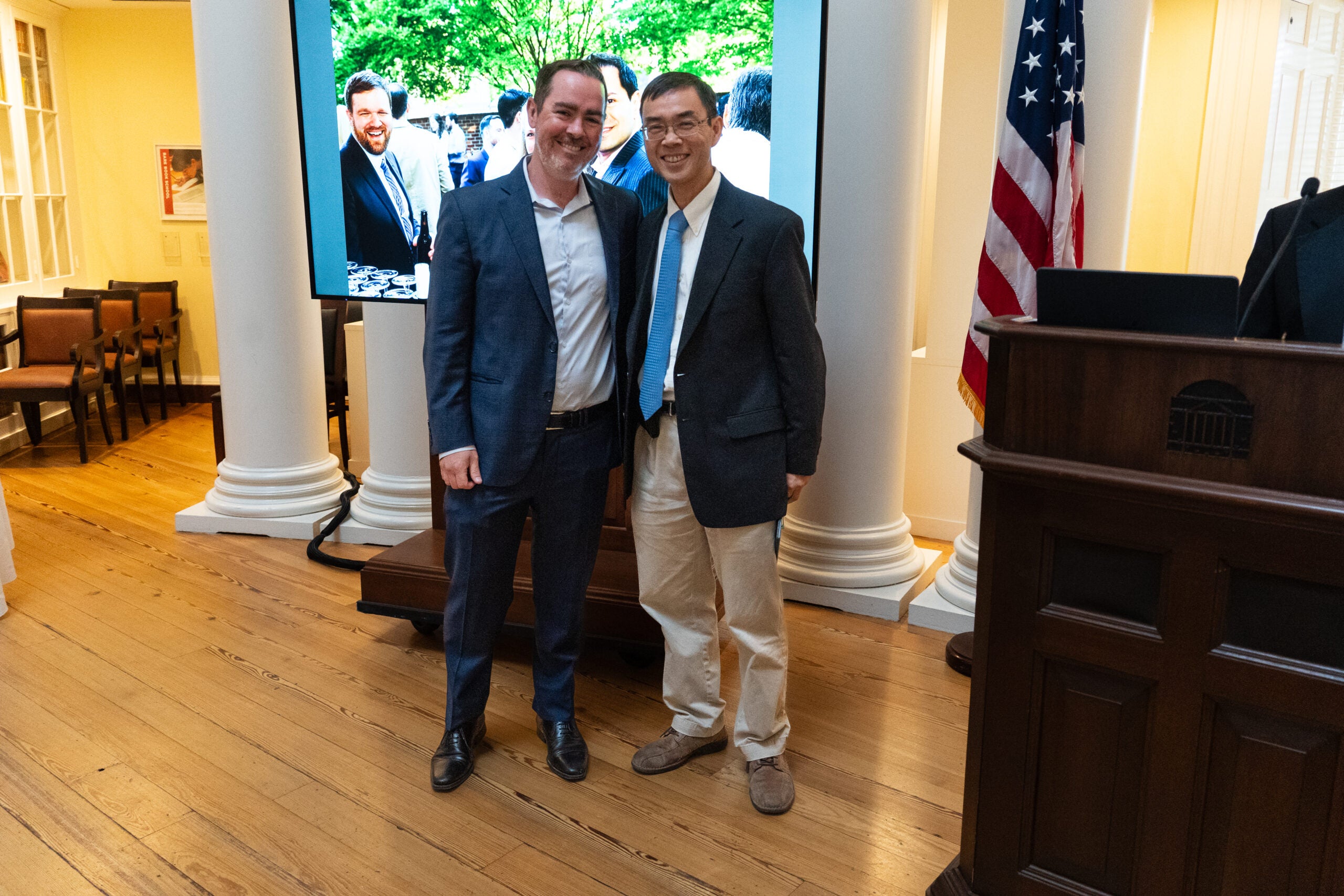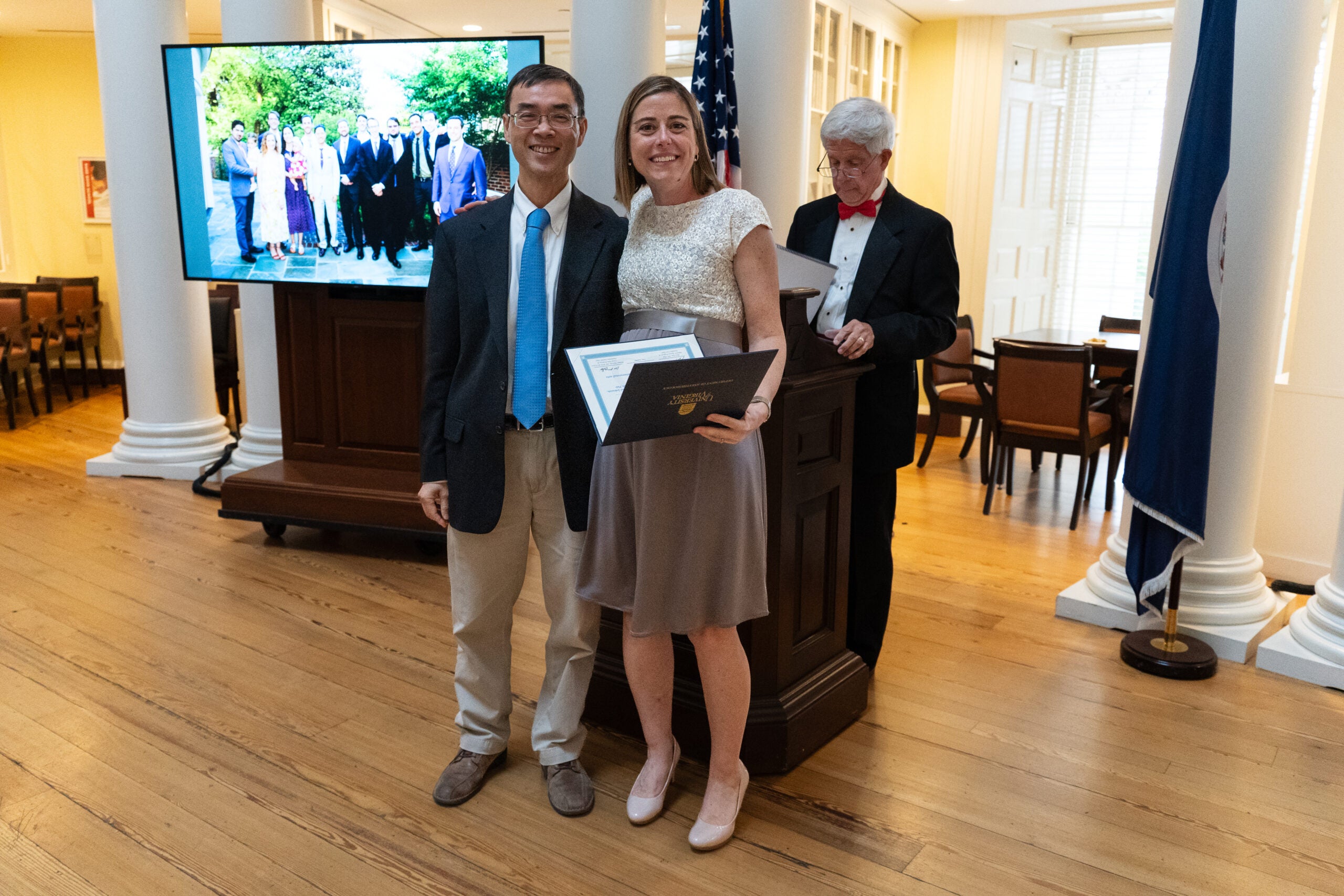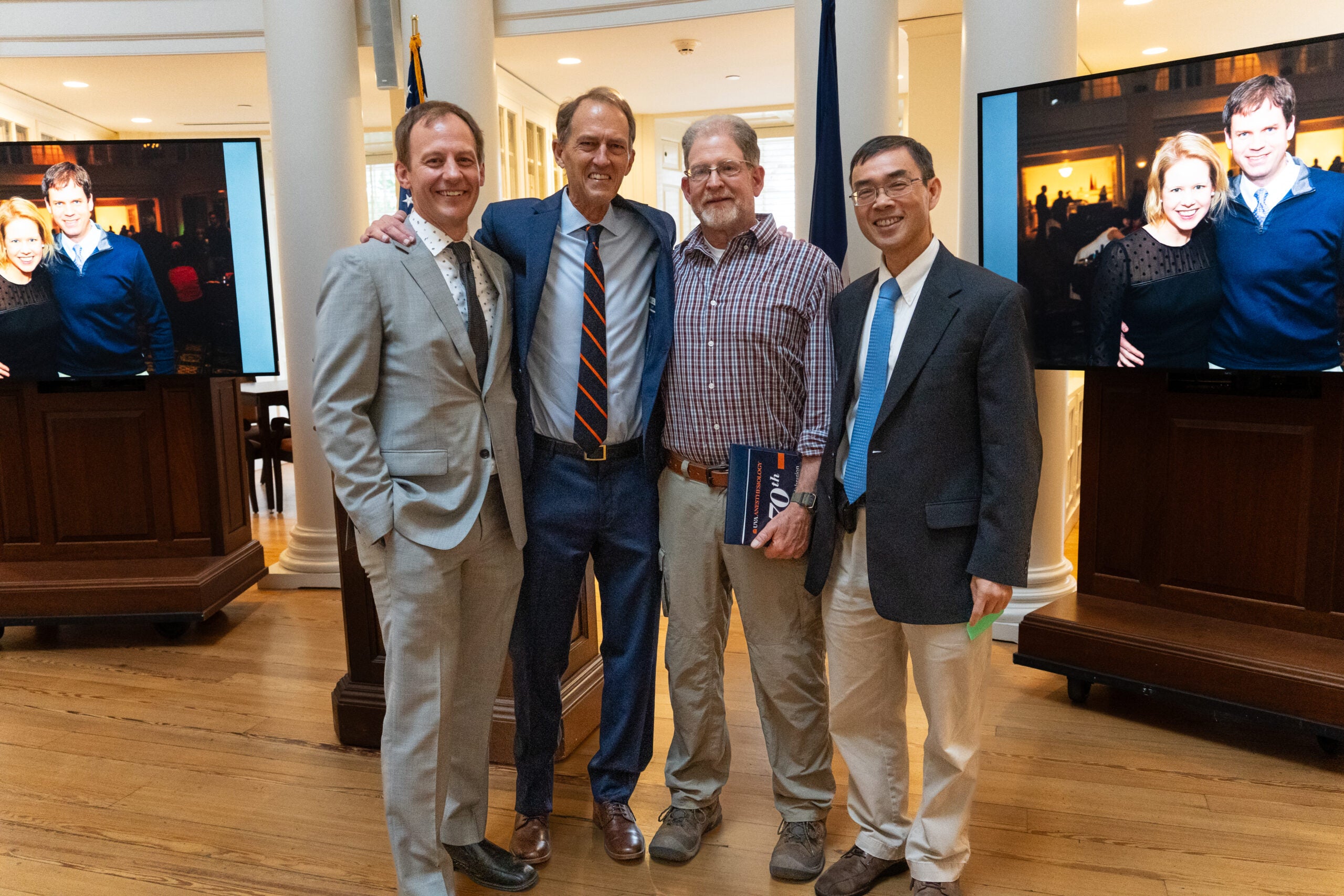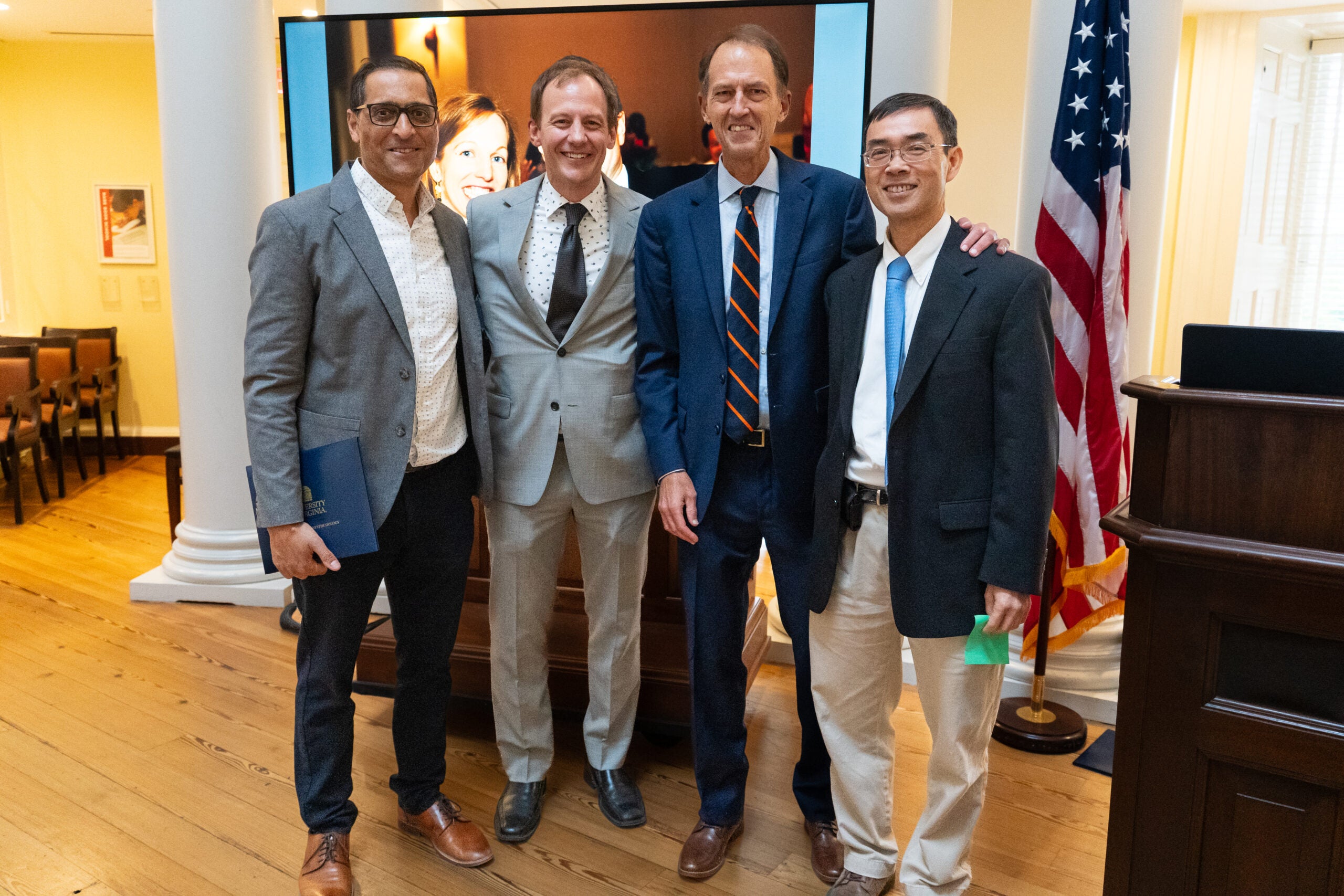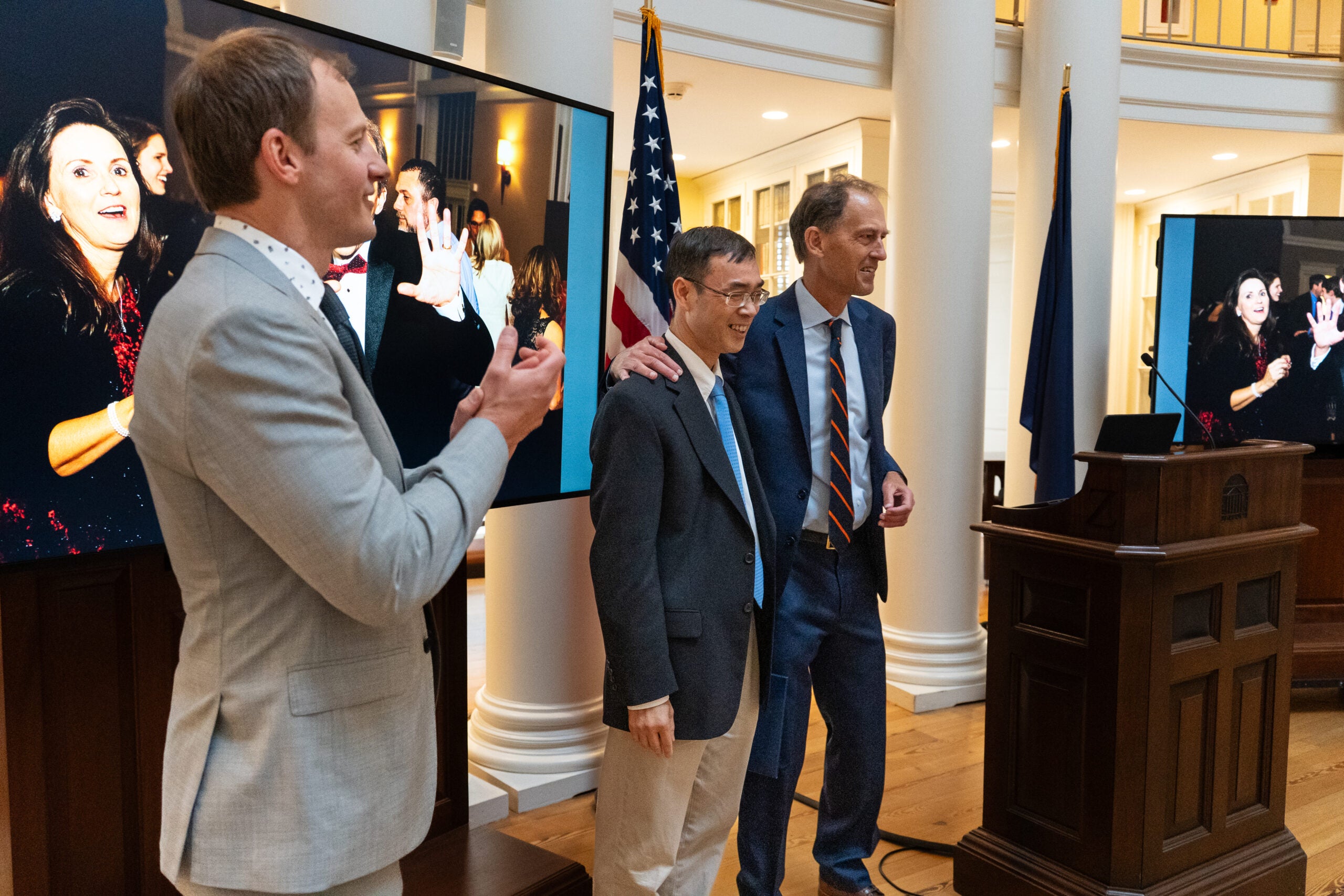We are thrilled to recognize and celebrate the outstanding achievements in research across our department at the 2025 Celebration of Research. This annual event showcases the dedication, innovation, and impact of our faculty, staff, and trainees who contribute to advancing science and improving patient care.
Please join us in congratulating this year’s award recipients:
Best Research Publications from 2024 May to 2025 April
First Place
Submitter/Recipient: Miao Chen from Zuo Lab
Project Title: “Auditory fear memory retrieval requires BLA-LS and LS-VMH circuitries via GABAergic and dopaminergic neurons”
Summary: This study’s results indicate that the neural circuitries BLA–LS and LS-VMH are critical for tone-related fear conditioning and memory retrieval, and that GABAergic neurons, dopaminergic neurons and orexin signaling in the LS participate in this auditory fear conditioning.
Second Place
Submitter/Recipient: Raquel M. Miralles from Patel Lab
Project Title: “Parvalbumin interneuron impairment causes synaptic transmission deficits and seizures in SCN8A developmental and epileptic encephalopathy”
Summary: This study shows that PV interneuron failure via depolarization block along with inhibitory synaptic impairment likely elicits an overall inhibitory reduction in SCN8A DEE, leading to unchecked excitation and ultimately resulting in seizures and seizure-induced death.
Third Place
Submitter/Recipient: Weiran Shan from Zuo Lab
Project Title: “Association between inspired oxygen fraction and development of postoperative pulmonary complications in thoracic surgery: a multicentre retrospective cohort study”
Summary: This study’s results suggest that CTMP induces cell senescence and that Zic2 is a suppressor of CTMP expression. The decrease of Zic2 contributes to CTMP increase with aging.
Best Clinical Research Publication Award
Submitter/Recipient: Randall Blank
Project Title: “Trends in Gender of Authors of Patient Blood Management Publications”
Summary: The study’s results do not support limiting the inspired oxygen fraction for the purpose of reducing postoperative pulmonary complications in thoracic surgery involving one-lung ventilation.
Best Research Abstracts
First Place
Submitter/Recipient: Jeffrey Wooters from Lunardi Lab
Project Title: “Surgery and ICU exposure remodel perineuronal nets”
Summary: Delirium-like cognitive impairment in aged mice subjected to anesthesia, surgery, and simulated ICU conditions is linked to PNN loss and increased representation of chondroitin sulfate isomers within the hippocampus.
Second Place (Tie)
Submitter/Recipient: Alexa Gromada from Zuo Lab
Project Title: “Spousal care partners to Alzheimer’s Disease patients have increased anxiety and depression”
Summary: Spousal care partners had evidence of increased levels of depression and anxiety relative to controls. This unhealthy mental burden may contribute to their high risk of developing dementia later in life.
Second Place (Tie)
Submitter/Recipient: Selena Garcia DuBar from Wenker Lab
Project Title: “Activation of periaqueductal gray neurons proximal to kindled seizures that present with apnea”
Summary: The results suggest that excitatory neurons in the PAG are activated during seizures to produce apnea and SUDEP. The PAG represents a potential target for intervention to prevent apnea and SUDEP that can be examined in future studies.
Third Place
Submitter/Recipient: Shahrzad Parsa from Floyd Lab
Project Title: “FLOXBR, A minimally invasive brain blood flow and oximetry monitoring device”
Summary: The FLOXBR probe’s compact and versatile design allows for multiple probes to be placed through a single burr hole, enabling precise monitoring of blood flow and oxygenation. By adopting continuous and minimally invasive monitoring of cerebral oxygen delivery, we may offer the opportunity to improve the management and outcomes for patients with i-HTN.
We extend our sincere thanks to all participants, mentors, reviewers, and organizers who made this year’s event a success. Your continued commitment to research excellence inspires our entire community.

